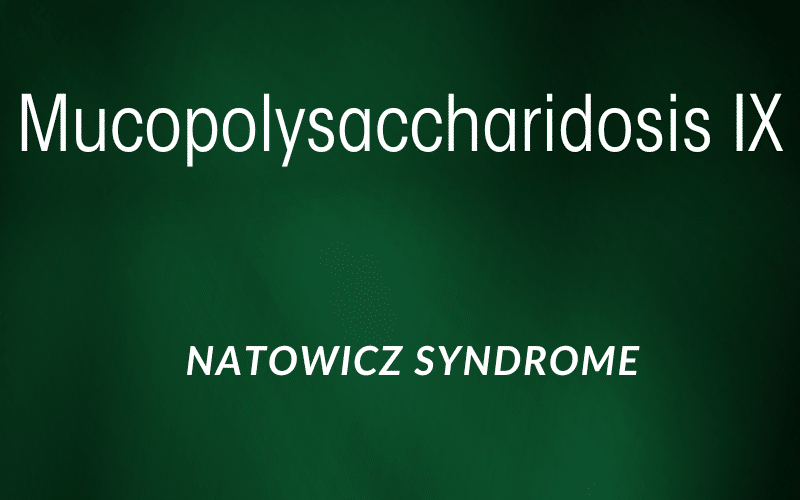Type 9: Natowicz’s Narrative: Mucopolysaccharidosis IX Unveiled

Lastly, we find ourselves on the final page of our MPS anthology with Mucopolysaccharidosis IX or Natowicz syndrome. Identified by Marvin Natowicz and colleagues in 1996, MPS IX is the rarest type of the MPS disorders and perhaps the least understood.
The crux of Natowicz syndrome lies in the deficiency of an enzyme called hyaluronidase. As this enzyme plays a crucial role in breaking down hyaluronic acid, one of the types of GAGs, its absence or malfunction results in a cascade of symptoms. But the manifestations of MPS IX are less straightforward than they might appear.
In fact, symptoms may range from mild to severe and can include features such as soft tissue masses, joint contractures, and short stature. However, unlike some other types of MPS, cognitive development usually remains unaffected in Natowicz syndrome, which predominantly affects the body physically.
The subtle twist in the tale of MPS IX is that the severity of the enzyme deficiency does not always correspond to the severity of the symptoms. This means that even with a significant enzyme deficiency, an individual might experience milder symptoms, adding a layer of complexity to the condition’s diagnosis and management.
While MPS IX is a rare and less understood type, the collective efforts of scientists and medical researchers worldwide offer a beacon of hope. As our understanding of the disease expands, so too does the potential for novel treatment options, including enzyme replacement and gene therapy. Thus, even in the face of adversity, the narrative of Natowicz syndrome is one of resilience, hope, and scientific innovation. (7)